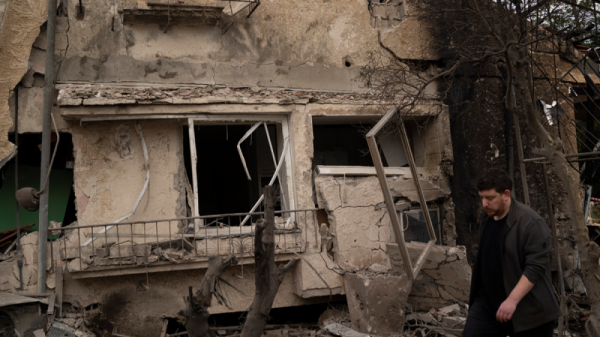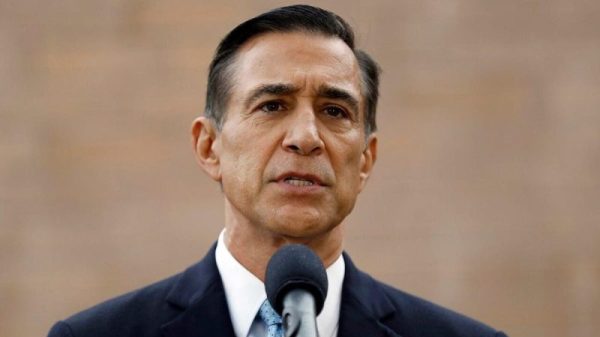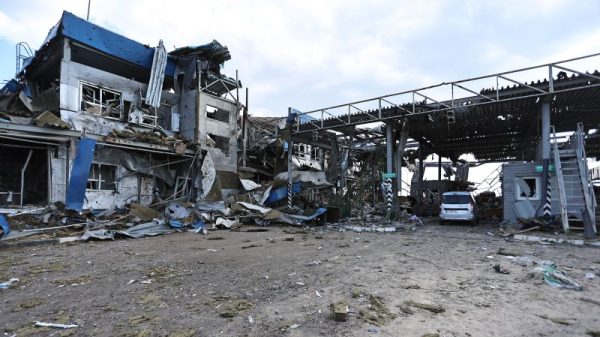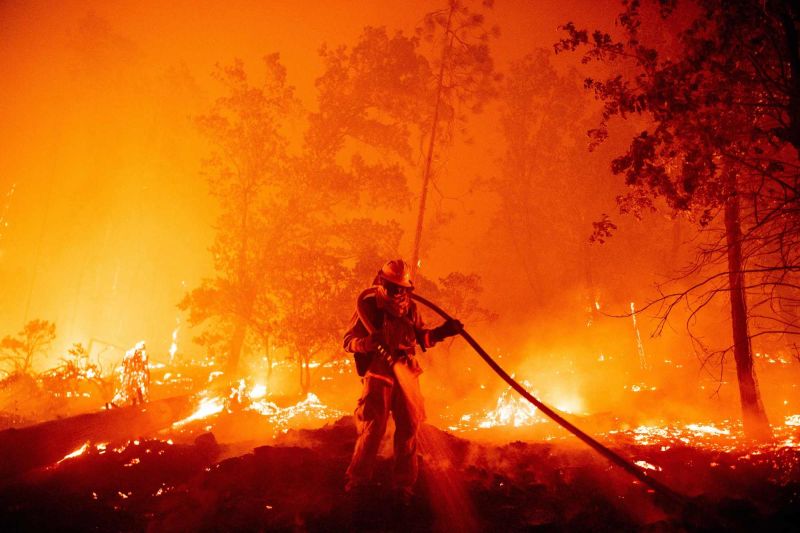The searing heat from wildfires can transform metals found naturally in the soil into cancer-causing airborne particles, according to a new report.
While a growing body of research has focused on the impacts of the gases and particles carried by wildfires, less attention has been paid to the effect they could have on naturally-occuring metals within soil and plants.
But the blistering heat from wildfires can transform one metal, chromium, from its benign version into toxic airborne particles that put firefighters and people living nearby at risk, according to the study published in the journal Nature Communications in December.
“In the complex mixture of gasses and particles that wildfires spew out as smoke and leave behind as dust, heavy metals such as chromium have largely been overlooked,” Scott Fendorf, co-author of the study and professor at the Stanford Doerr School of Sustainability, said in a press release.
Chromium is common in soils across the western United States, Australia, Brazil, Europe, Indonesia and South Africa.
Certain natural chemical processes can trigger a transformation of the metal from a benign form, called chromium 3, into a carcinogen called hexavalent chromium, or chromium 6. The toxin — which became infamous through the 2000 film “Erin Brockovich” — can cause cancer, organ damage and other health issues.
After previous research, from Australia published in 2019, found that intense wildfire heat could be a trigger for this transformation, Stanford scientists set out to test the theory by collecting samples from the chromium-rich soils of four ecological preserves in California’s North Coast Range, which had been scorched by wildfires in 2019 and 2020.
They tested soil from areas that had burned and areas that had been spared, separating out the smallest particles most likely to become airborne. In chromium-rich areas where vegetation had allowed fires to burn intensely and for a long period, the researchers found toxic chromium levels were around seven times higher than in unburned areas.
Even after a fire has been fully contained, the study found that local communities downwind could still be exposed, due to strong winds carrying fine particles of the chromium-laced soil.
Fendorf said much of the health risk typically wanes after the first big rainfall washes the metals away. But it could take weeks or months for rain to arrive after a fire, especially as climate change increases the likelihood and frequency of drought.
California, at the time the samples were taken, was experiencing a historic, multi-year drought. Without much-needed rainfall to wash away the contaminants, when researchers returned nearly a year later, they found the toxic chromium persisted in the soil, continuing to pose health risks for nearby communities.
“This kind of metal composition explanation is complementary to what we already know and is definitely going to help us understand the health impacts in human populations,” said Benmarhnia, who was not involved in the study.
The research adds to growing evidence of the hazardous impacts of wildfire smoke, which also carries fine particulate matter, or PM 2.5, a tiny but dangerous pollutant. When inhaled, it can travel deep into lung tissue and can even enter the bloodstream. PM 2.5 has been linked to a number of health problems, including asthma, heart disease, chronic bronchitis and other respiratory illnesses.
The scientists also say that other metals like manganese, nickel and iron nanoparticulates could pose similar threats, but more research is needed.
Wildfires serve a vital ecological purpose. They increase the soil’s nutrients and remove decaying matter. Without these fires, overgrown foliage like grasses and shrubs can prime the landscape for even worse flare-ups.
But as the climate crisis intensifies drought and extreme heat, wildfires are burning longer and expanding further. A recent UN report predicted the number of extreme wildfire events will increase by 30% by 2050, even with the most ambitious efforts to slash planet-warming pollution.
“The bigger picture is that we know we are going to have more extremes and within that, we’re seeing more frequent fires and more severe fires,” Fendorf said. “That’s the big, troubling outcome because more frequent fire means we’re getting exposed to smoke and dust — and that’s not a good recipe.”







































